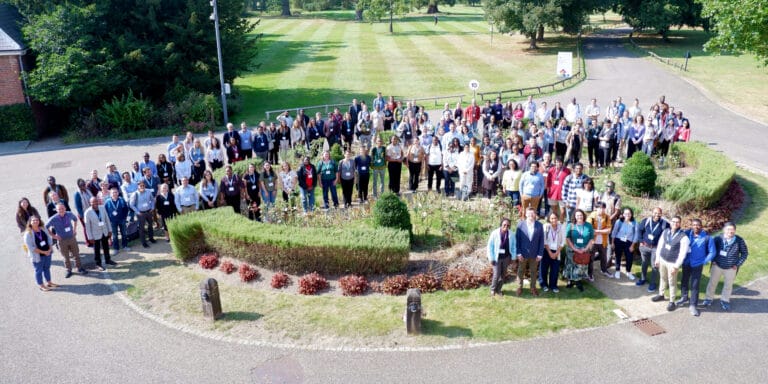
Our latest study, published this week in eLife, found that Plasmodium falciparum kelch13 mutations that cause artemisinin resistant malaria in Southeast Asia show markedly different patterns of evolutionary selection in Africa.
The efficacy of Artemisinin Combination Therapy (ACTs), the current frontline treatment for falciparum malaria, is threatened by artemisinin resistance, which has been reported in several countries in Southeast Asia. To date, there are no clinical signs of artemisinin resistance in Africa, where malaria transmission is highest.
Artemisinin resistance is caused by mutations in a parasite gene called kelch13, and researchers have previously identified over 20 different mutations in P. falciparum that are associated with artemisinin resistance. Given that several mutations are involved, and that the same mutation can arise independently in different locations, it is difficult to track the spread of resistance using conventional molecular marker approaches.
Under the banner of the P. falciparum Community Project, we sequenced and analysed the whole genomes of more than 3,000 P. falciparum samples from Southeast Asia and Africa. Our aim was to determine whether the kelch13 mutations observed in Southeast Asia were also present in Africa and, if so, where did they originate.
We found that African parasites had independently acquired many of the same kelch13 mutations that are known to cause resistance to artemisinin in Southeast Asia. However, the kelch13 mutations seen in Africa remained at low frequency in the parasite population, and appeared to be under much less pressure for evolutionary selection than those found in Southeast Asia. Non-synonymous mutations, which are typically uncommon in highly conserved genes, were observed more often than we expected in Southeast Asia, but not in Africa.
“One of the key messages to come out of these data is that the emergence of antimalarial drug resistance is determined not only by the parasite’s ability to generate new mutations,” says Prof. Dominic Kwiatkowski, from the Wellcome Trust Sanger Institute and the Wellcome Trust Centre for Human Genetics, University of Oxford. “There are also other factors – such as patterns of drug use, levels of malaria transmission and other epidemiological variables – that determine whether a particular mutation will rise in frequency and spread through the parasite population.”
Blogs about this paper
Dr Roberto Amato, a lead author on the paper, discusses what we’ve learned about the complex genomic epidemiology of artemisinin resistant malaria:
Oxford Science Blog: http://www.ox.ac.uk/news/science-blog/malariagen-secrets-kelch13
Sanger Institute Blog: https://sangerinstitute.wordpress.com/2016/03/07/evolution-of-artemisinin-resistant-malaria/
Citation
MalariaGEN P. falciparum Community Project. Genomic epidemiology of artemisinin resistant malaria. Elife. 2016 Mar 4;5. pii: e08714. doi: 10.7554/eLife.08714.



